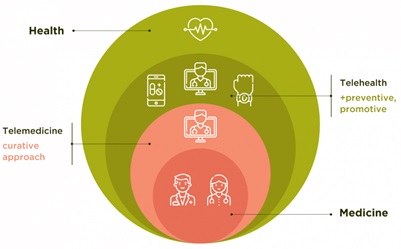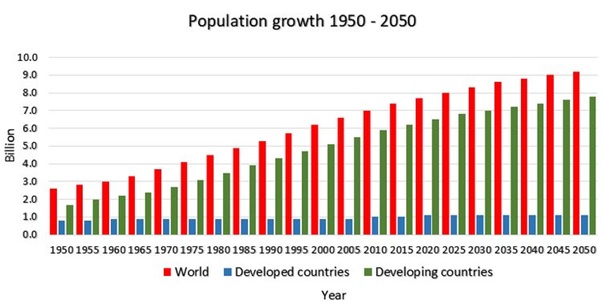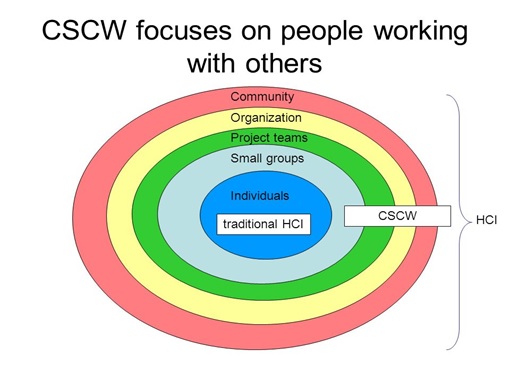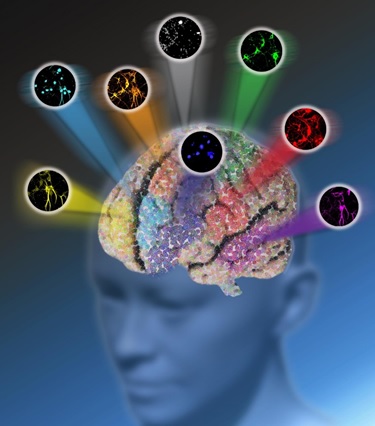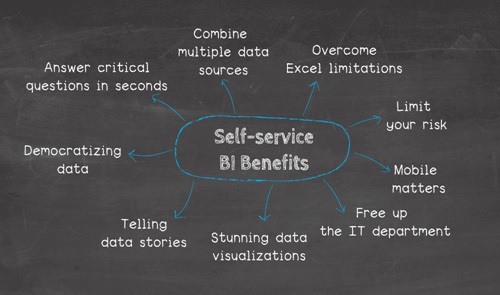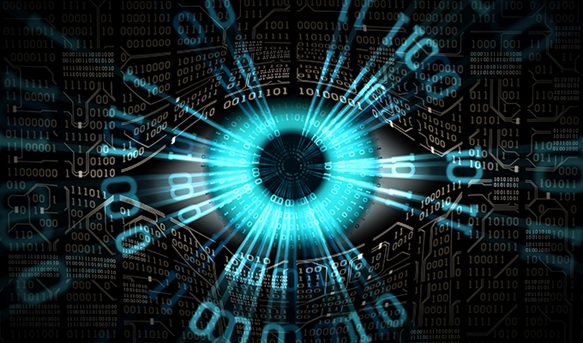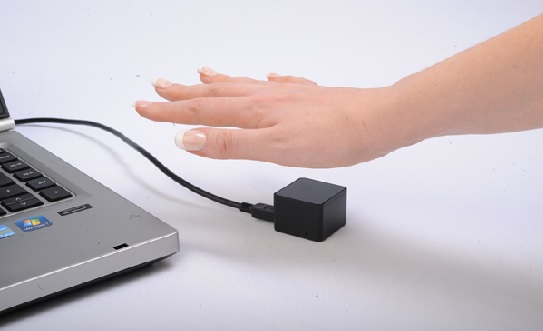Real-Time Locating Systems (RTLS) in Healthcare
Real-time locating systems (RTLS, also known as real-time location systems) have become an important component of many existing ubiquitous location aware systems. While GPS (global positioning system) has been quite successful as an outdoor real-time locating solution, it fails to repeat this success indoors. A number of RTLS technologies have been used to solve indoor tracking problems. The ability to accurately track the location of assets and individuals indoors has many applications in healthcare.[1]

Figure 1. the real-time locating systems (RTLS)
Figure 1 shows this paper provides a condensed primer of RTLS in healthcare, briefly covering the many options and technologies that are involved, as well as the various possible applications of RTLS in healthcare facilities and their potential benefits, including capital expenditure reduction and workflow and patient throughput improvements. The key to a successful RTLS deployment lies in picking the right RTLS option(s) and solution(s) for the application(s) or problem(s) at hand.[1]
Real-time locating systems:
Real-time visibility into exact locations of containers and cargo has never been as important as today with increased movement of cargo from offshore, the need to move it quickly to final destinations and new security requirements. Today’s wireless technology provides critical visibility into supply chain activities, delivering benefits to carriers, shippers and customers.[2]
RTLS: Promoting Patient and Staff Safety in Hospitals:
Patient risks, including equipment errors, hospital-acquired infections or physical attacks are a constant threat within healthcare facilities. A Real-Time Location System can promote patient safety by reducing room for such risks. Examples of RTLS safety and security solutions provided by CenTrak Security Solutions include:
An example of a hospital error that could have been prevented using RTLS solutions occurred at a hospital in Pasadena, California, in which 11 patients died due to infections from mismanaged duodenoscopes. They were not cleaned properly, and hospitals have to take a critical look at the reprocessing and storage of their duodenoscopes to prevent future infections. CenTrak’s Medical Scope Management Solution using a Clinical-Grade Real-Time Location System (RTLS) can automatically track and create alerts through every stage of this cleaning process. Staff immediately know when medical scopes need to be cleaned and are instantaneously notified of any possible infection risks.
- The ability to keep a watchful eye on hand hygiene compliance.
- The ability to create contact tracing reports based on knowing when and which staff members and patients have come into contact with an infected person or asset.
- The ability for nurses and staff to call for help quickly in the event of an emergency or physical threat.
- The ability to detect when certain machines or systems are either part of an active recall or due for cleaning or maintenance.
- The ability to create alerts letting staff and nurses know if a patient has wandered into an area where they aren’t supposed to be. This is particularly crucial when caring for patients with dementia or Alzheimer’s.
- The ability to protect infants from abduction attempts as well as improper mother/baby matching using alerts and security system/door lock integrations.[3]
References:
- https://ij-healthgeographics.biomedcentral.com/articles/10.1186/1476-072X-11-25
- https://www.aim-na.org/aidc-technology.html
- https://centrak.com/products/real-time-location-services/
Cite this article:
Thanusri swetha J (2021), Real-time locating systems (RTLS), AnaTechMaz, pp. 25




